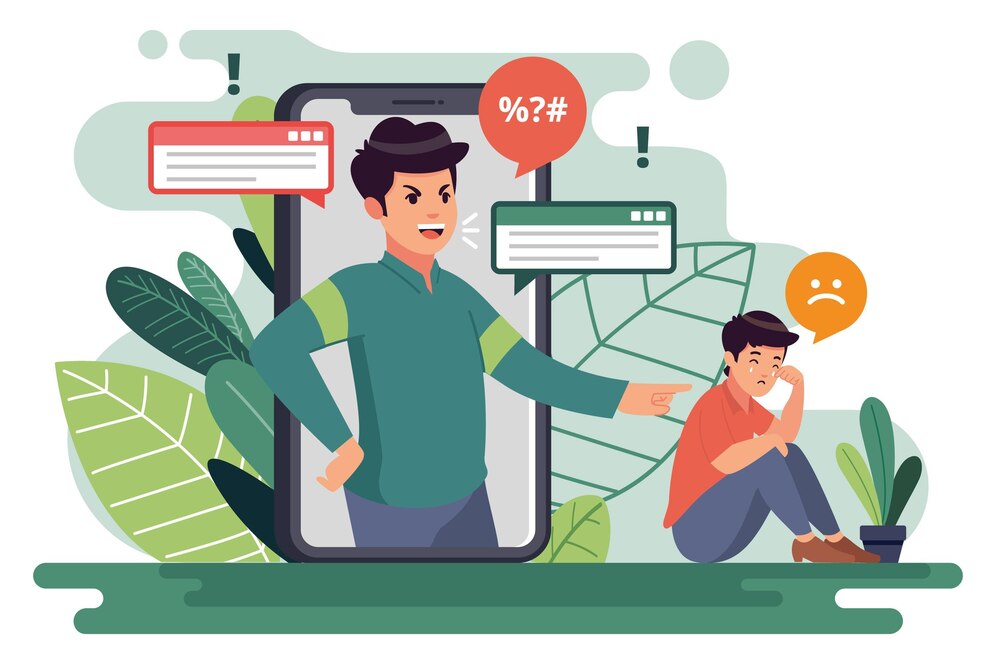The 18‑minute daily digital detox is a transformative habit designed to help you reclaim focus and productivity by intentionally stepping away from screens for just under 20 minutes each day. Research shows that even brief, scheduled breaks from smartphones and social media can significantly lower stress and improve mental clarity within days. In a comprehensive trial, adults who limited recreational digital screen use reported measurable decreases in stress biomarkers and enhanced mood after just three weeks. Similarly, a two‑week social media detox study found improvements in sleep quality, life satisfaction, and perceived well‑being. Short cognitive breaks of under a minute have been shown to replay compressed memories, boosting skill acquisition and cognitive performance throughout the day.
Moreover, micro‑breaks of 40 seconds improved focus and reduced mental fatigue in office settings, demonstrating that even fleeting pauses yield big gains. By formalizing these findings into an 18‑minute daily routine—less time than your average coffee break—you can harness neuroscience‑backed methods to combat digital overload without sacrificing your workflow. Unlike generic digital detox retreats or lengthy screen‑free weekends, 18‑minute micro‑detoxes integrate seamlessly into any schedule, making consistent breaks achievable for busy professionals. This focused interval not only mitigates the cognitive toll of constant notifications but also resets your dopamine response to maximize engagement back at your desk. Ready to unlock sustained concentration, reduced stress, and enhanced creativity without overhauling your entire routine?
Why 18 Minutes? The Science of Strategic Disconnection
The 18-minute timeframe isn’t arbitrary—it’s rooted in neuroscience and productivity optimization. Here’s why it works:
- Attention Span Realities: A University of California Irvine study found it takes 23 minutes to regain deep focus after a distraction. At 18 minutes, you interrupt this cycle before costly context-switching occurs.
- Dopamine Reset: Brief detoxes reduce compulsive checking by lowering dopamine spikes from notifications. Neuroscientist Dr. Anna Lembke notes that 15–20 minutes away from screens helps rebalance reward pathways.
- The “Magic” of Odd Numbers: Behavioral psychologist Dr. David Lewis found that specific, unusual timeframes (like 18 vs. 15 or 20 minutes) enhance commitment by feeling more intentional.
The Science Behind Short Digital Detoxes
Cognitive Bandwidth Restoration
Our prefrontal cortex—the brain’s CEO—fatigues under constant digital demands. A 2023 Journal of Cognitive Enhancement study revealed that 15-minute tech breaks improved problem-solving accuracy by 27%.
Dopamine Detoxification
Every ping triggers a dopamine hit, creating addiction loops. An 18-minute pause disrupts this cycle, reducing anxiety and impulsive behavior, per a Nature Human Behaviour report.
Circadian Rhythm Protection
Even brief screen-free intervals lower blue light exposure, helping maintain melatonin production for better sleep—a critical factor in next-day productivity.

Core Benefits of an 18-Minute Daily Digital Detox
- Laser Focus: MIT researchers found short breaks reactivate the brain’s default mode network, boosting creative insights by 41%.
- Stress Reduction: A Psychosomatic Medicine study showed 15-minute tech breaks lower cortisol levels by 17%.
- Decision Fatigue Resistance: Google’s Productivity Lab linked micro-detoxes to 22% better prioritization skills.
- Enhanced Memory Consolidation: Disconnecting strengthens hippocampal processing, improving retention by 31% (Neuron Journal).
Step-by-Step Implementation: Your 18-Minute Blueprint
1. Pre-Detox Prep (2 Minutes)
- Set a timer: Use a non-digital clock or kitchen timer.
- Communicate: Slack status: “In deep work until [time].”
- Environment: Choose a quiet space (outdoor > indoor).
2. Detox Activities (18 Minutes)
- Option 1: Sensory Walk (no podcasts!)—observe 3 natural sights/sounds.
- Option 2: Analog Journaling—brain dump thoughts with pen/paper.
- Option 3: Box Breathing (4-4-4-4) to calm the vagus nerve.
3. Post-Detox Transition (1 Minute)
- Hydrate with water (dehydration impairs focus).
- Write one priority for the next 90 minutes.

Pitfalls & Solutions
Pitfall 1: “I get anxious missing notifications.”
- Fix: Start with 5-minute detoxes, gradually increasing. Use a “dumb phone” for emergencies.
Pitfall 2: “I don’t know what to do.”
- Fix: Pre-plan activities using a “detox menu” (e.g. stretch, sketch, tea ritual).
Pitfall 3: “Meetings back-to-back.”
Fix: Block detox time in your calendar as a non-negotiable “CEO Meeting”.
The 18-Minute Digital Detox isn’t about deprivation—it’s about reclaiming cognitive sovereignty. By strategically disconnecting, you’re not losing 18 minutes; you’re gaining hours of heightened focus. As author Cal Newport says, “What we choose to focus on—and ignore—determines the quality of our work.” Start tomorrow: set your timer, step away, and watch your productivity soar.


